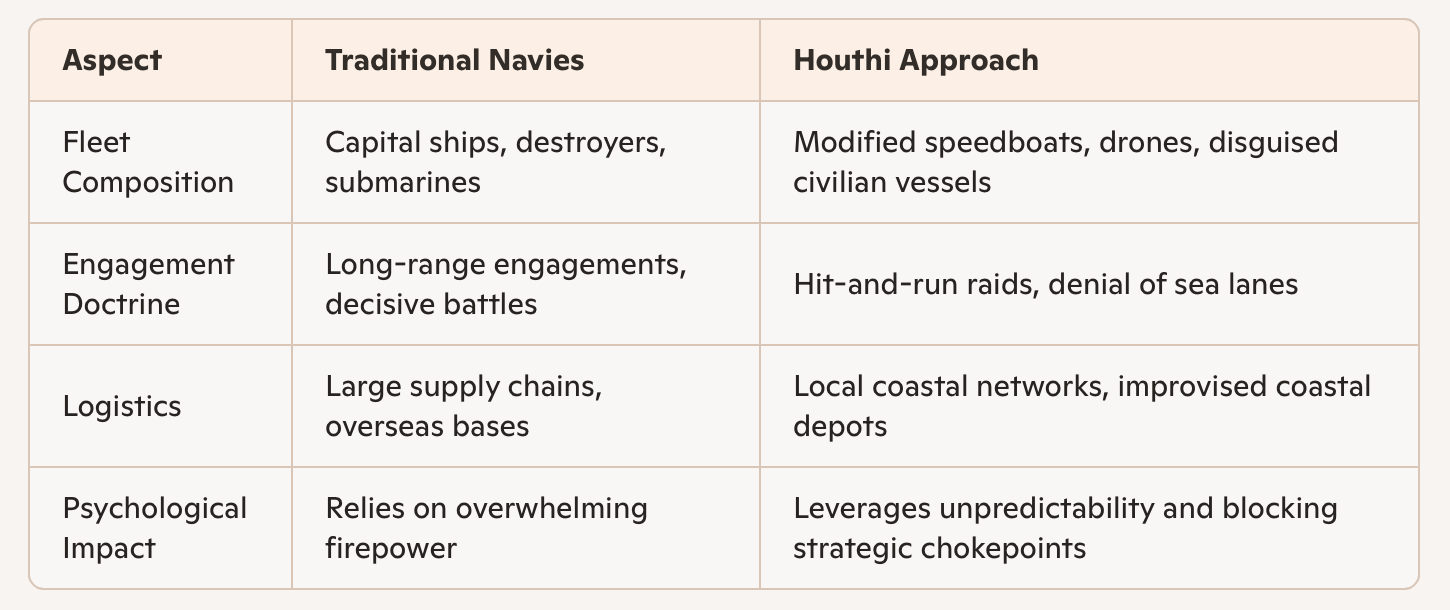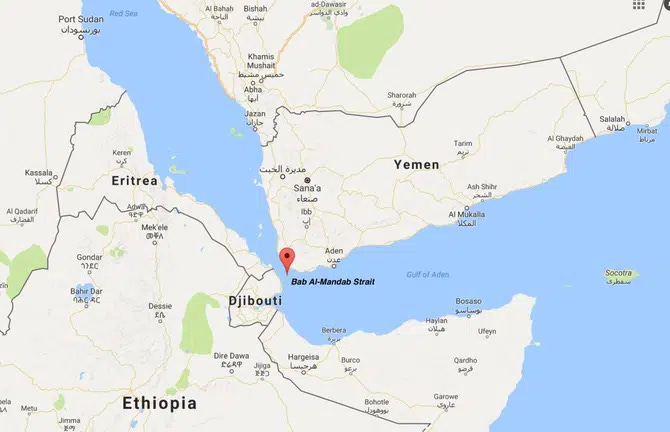Yemen’s Naval Revolution: Gaza as the North Star
How Yemen's Ansarallah checkmated the US and Israelis with their new naval warfare techniques for Gaza.
Yemen’s Ansar Allah (Houthi) movement has transformed its navy from a largely symbolic coastal defence force into an agile, asymmetric maritime actor. With Gaza’s plight serving as a moral and strategic beacon, the group is rewriting the rules of naval warfare in the Red Sea and beyond. The dynamic tactics outlined in this article reveal a maritime insurgency that leverages ideology, innovation, and geography to challenge established naval powers.
Context and Catalyst
Yemen’s internal conflict, which began in earnest in 2014, set the stage for Ansar Allah’s maritime emergence. Isolated by a crippling blockade and under constant threat from a Saudi-led coalition, the group faced an existential imperative to break economic and military encirclement. The intensification of the Gaza Genocide in late 2023 provided a galvanising cause: by framing their naval actions as solidarity with Gaza, the AnsarAllah tapped into a broader regional narrative and attracted political sympathy that transcends Yemen’s borders.
Tactical Innovation
The Houthis have deployed a diverse toolkit that defies traditional naval doctrine. Rather than relying on large warships or sustained fleet engagements, they emphasise:
Swarms of small, fast boats equipped with anti-ship missiles
Underwater drones and improvised explosive devices
Remotely piloted aerial drones are used for targeting and reconnaissance
Naval mines deployed in chokepoints like the Bab el-Mandeb Strait
These methods amplify the psychological and economic impact of each strike. Even a single successful missile launch against a commercial vessel forces shipping companies to reroute or pay higher insurance premiums, amplifying the blockade’s cost on global trade.
Comparative Framework
To understand how revolutionary these tactics are, consider the contrast with conventional naval operations:
This table highlights how AnsarAllah upend century-old naval norms by fusing guerrilla principles with maritime assets.
Strategic Implications
Yemen’s naval insurgency carries four key ramifications:
A persistent vulnerability in the Red Sea shipping lanes is exacerbating global supply-chain insecurity.
A precedent for other non-state actors to weaponise sea lanes in support of distant causes.
A shift in naval procurement toward counter-asymmetric capabilities—anti-small-craft systems, enhanced mine-countermeasure fleets, and drone defences.
A political lever: the Houthis can negotiate cease-fire terms by threatening maritime chokepoints, forcing regional and global powers to engage on their terms.
Legal and Ethical Dimensions
Ansar Allah’s actions straddle legal grey zones. International law distinguishes combatants from pirates; however, with a political motive—solidarity with Gaza—they assert legitimacy. If targeting civilian merchant vessels headed to Israel violates the principles of distinction and proportionality, what repercussions does the genocide in Gaza account for? This underscores the challenge for international courts: prosecuting these tactics risks broadening definitions of terrorism or igniting further non-state maritime conflict. With Israel committing a modern-day holocaust in Gaza, maybe it is time laws are implemented equally across the board. As per the genocide convention, all countries are duty-bound to stop a genocide.
Looking Ahead
Yemen’s naval insurgency isn’t a fleeting phenomenon. As long as Gaza remains under siege, the Houthis have both motive and precedent to refine their methods. Future waves may include:
Autonomous swarms of sea drones operating beyond visual range
Integration with cyber-electronic warfare to spoof ship navigation
Cooperative strikes with allied militias across the Red Sea and Mediterranean
In essence, maritime warfare has entered a new era where ideology, low-tech platforms, and asymmetric strategy converge.







